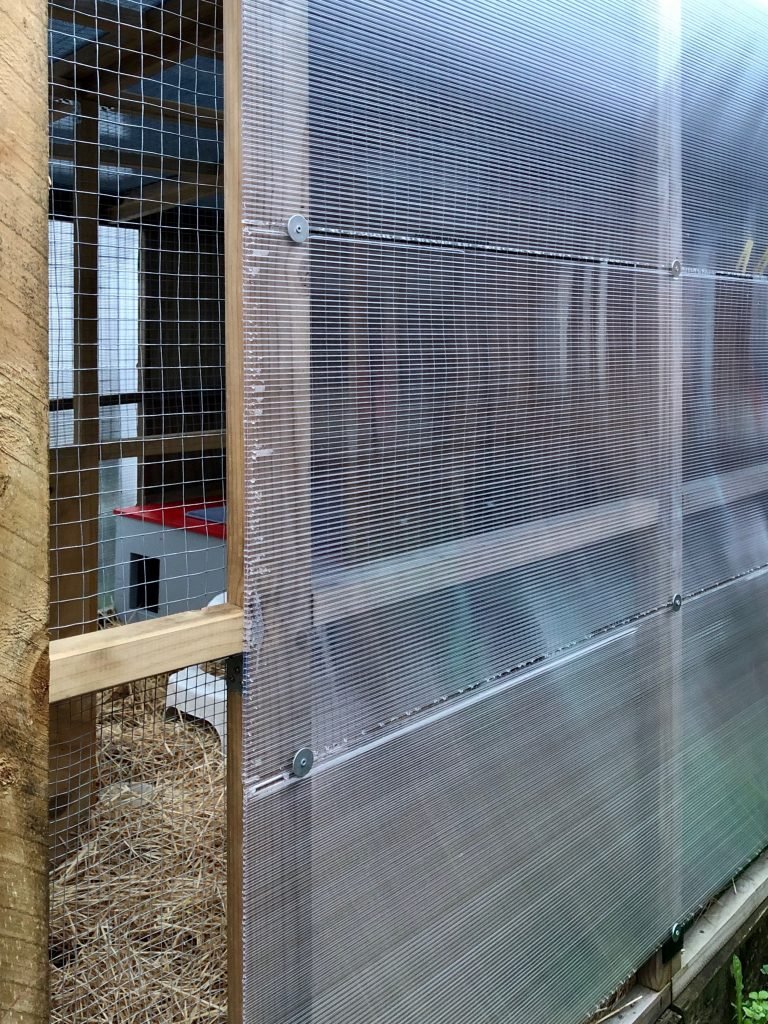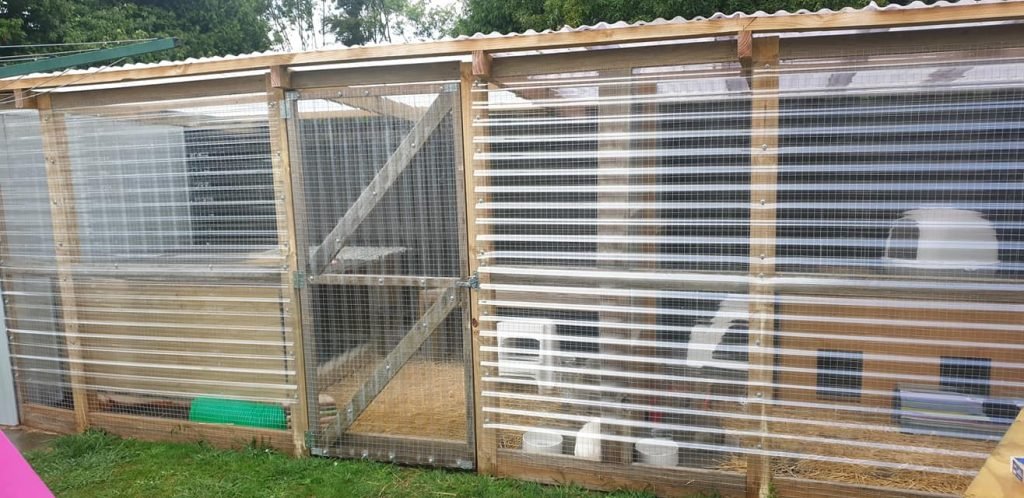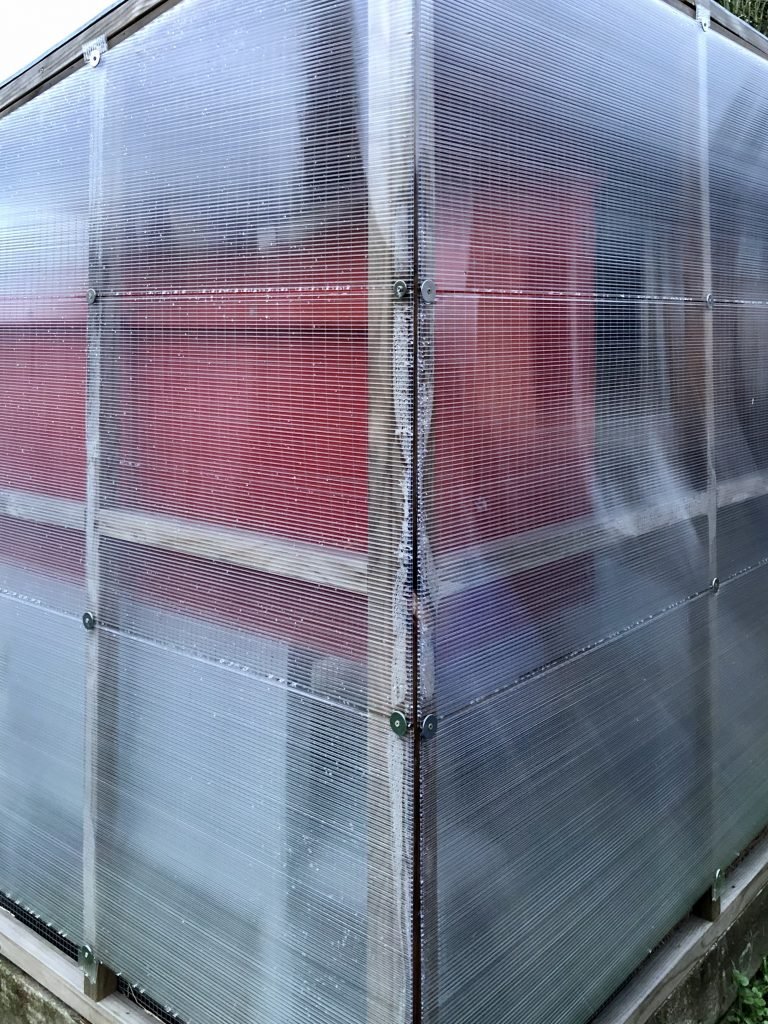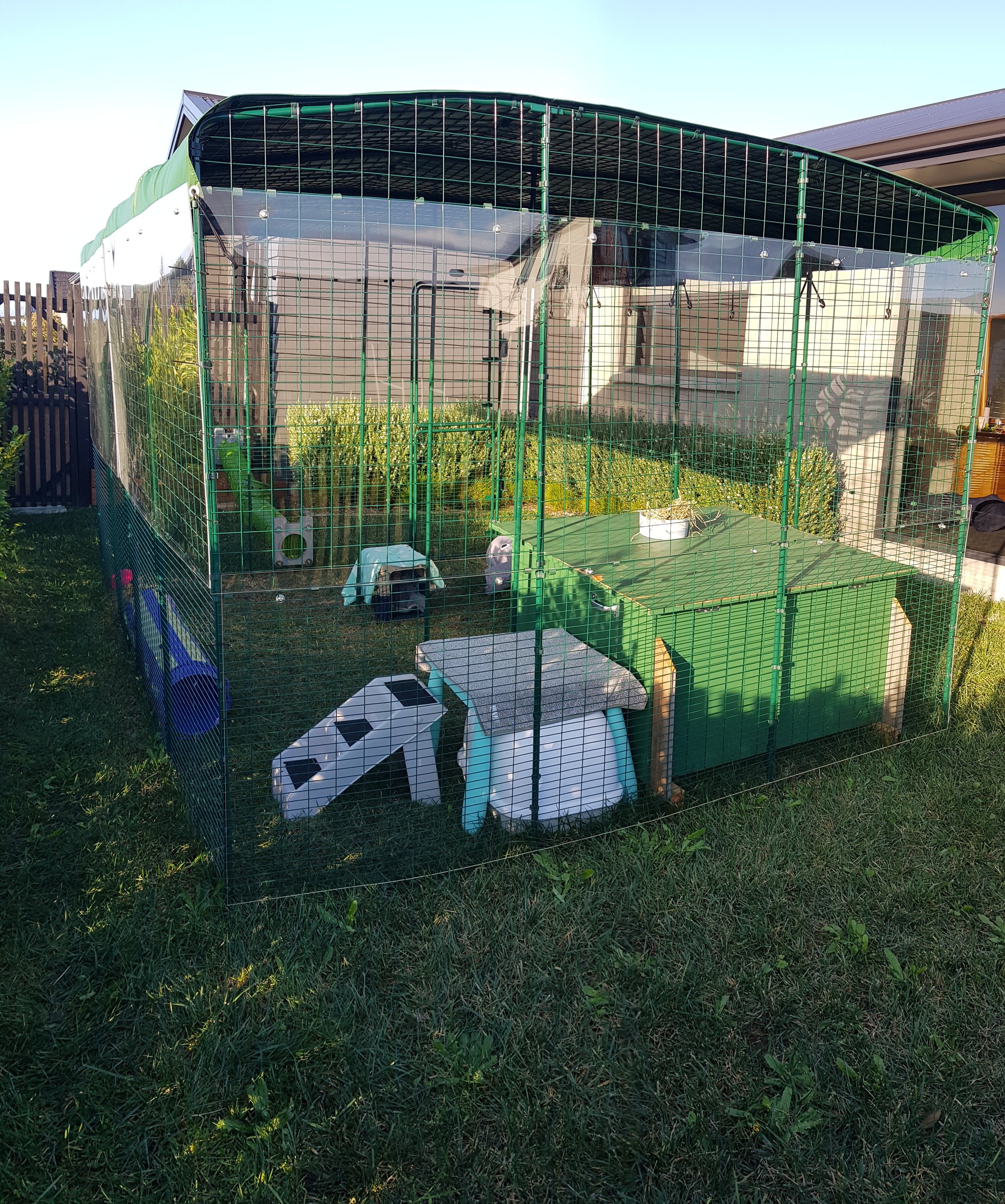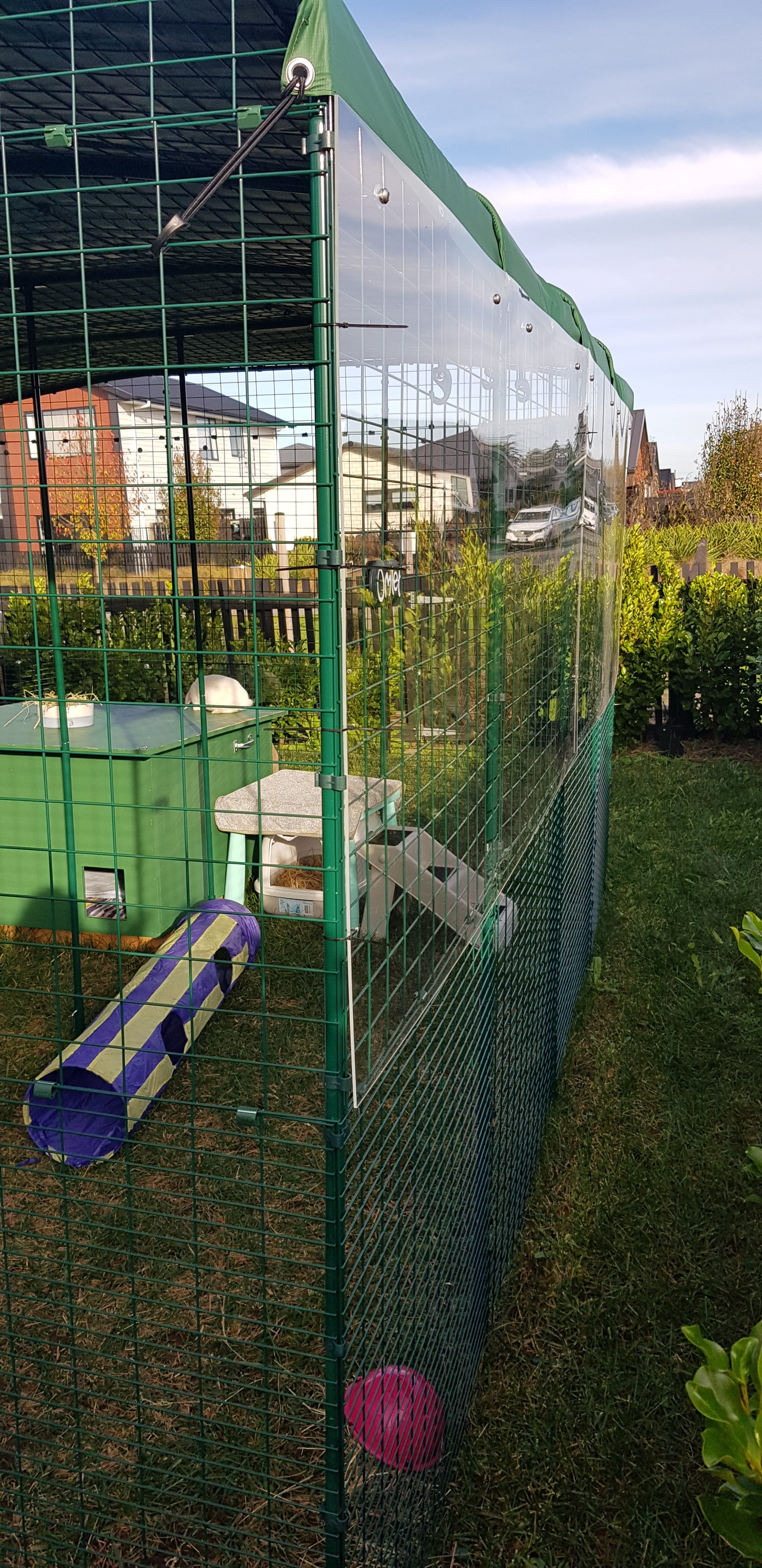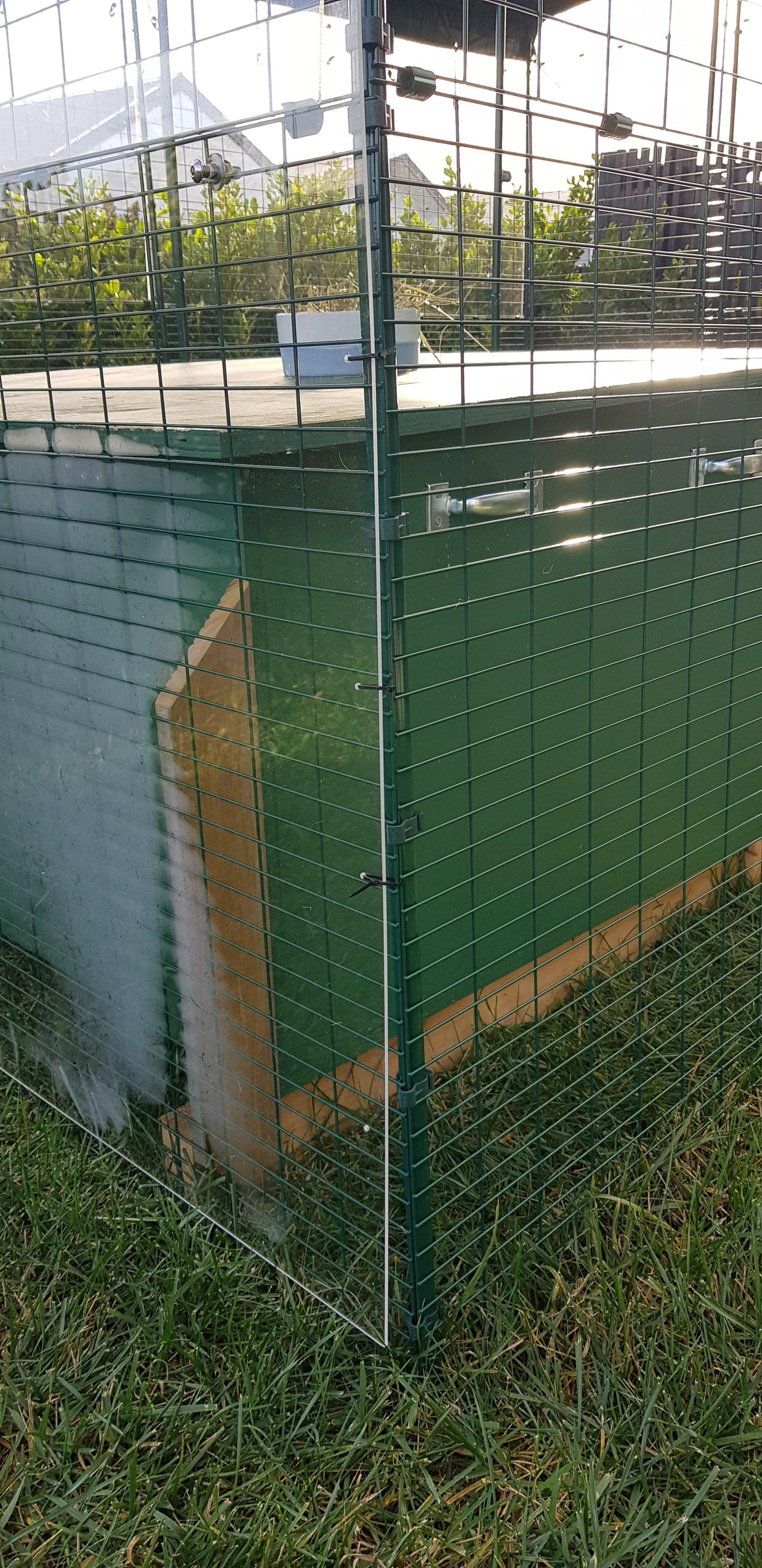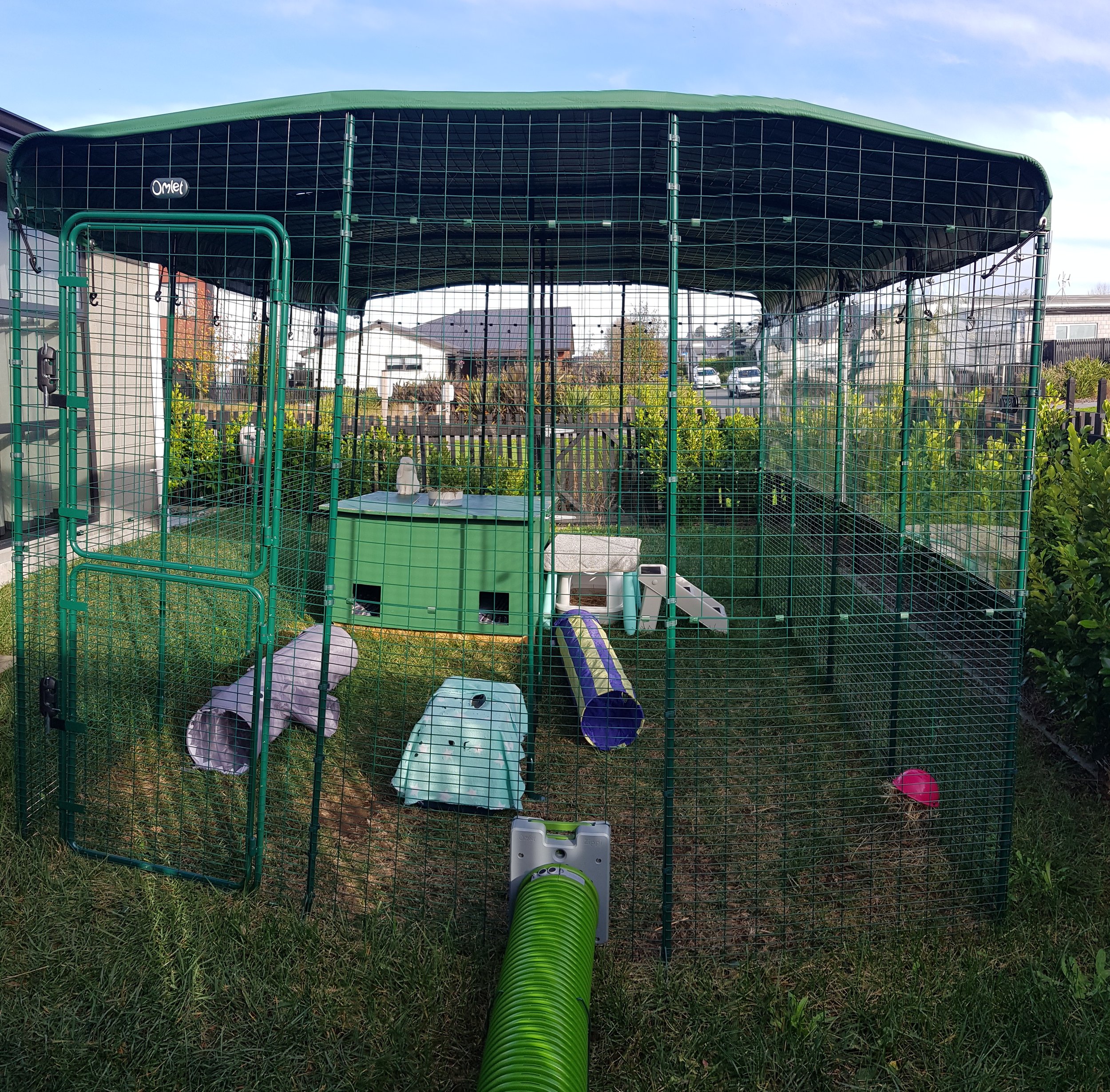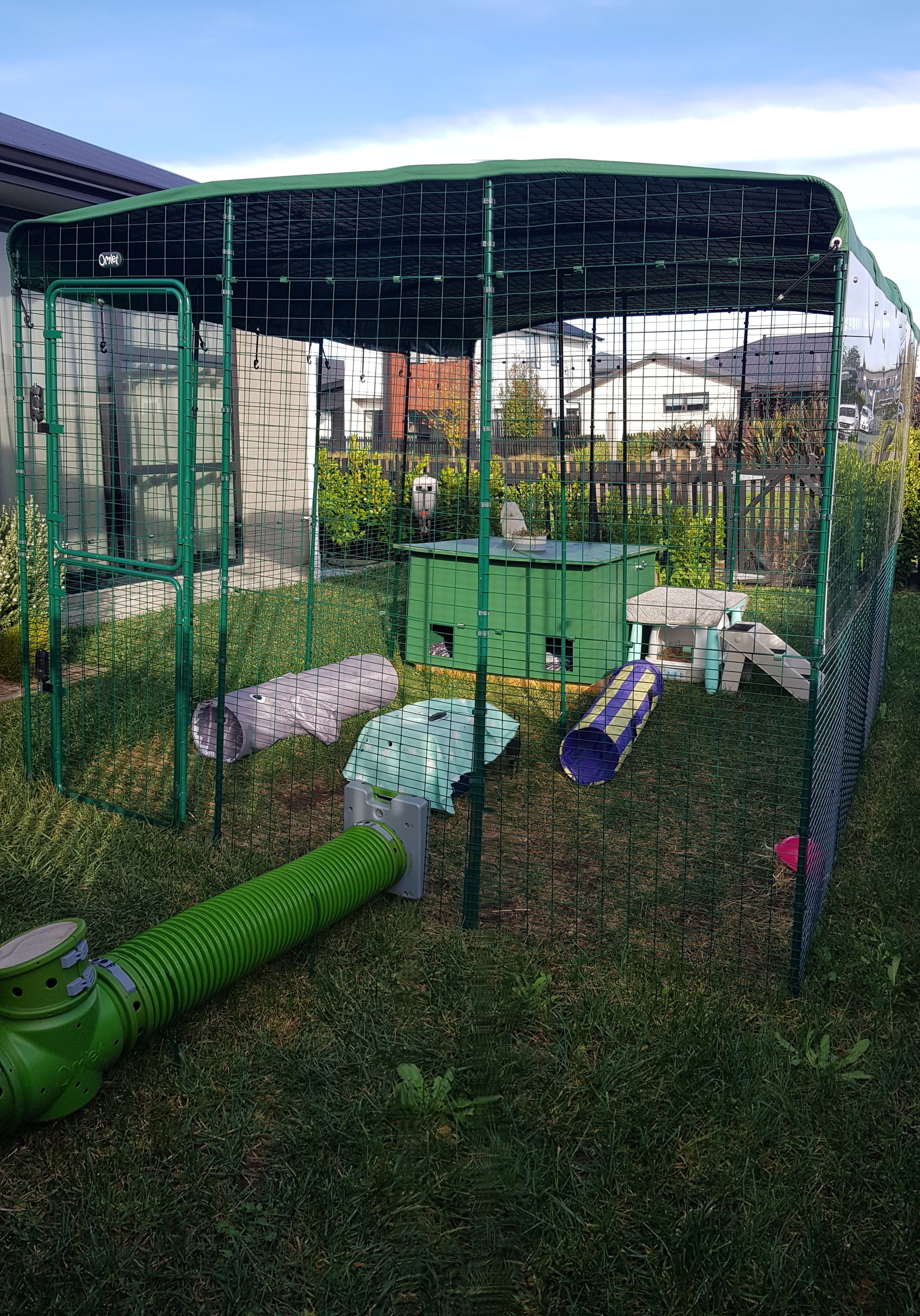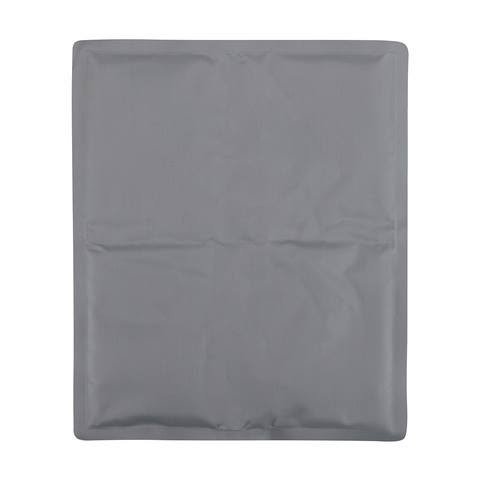Keeping Your Rabbit Warm in Winter
In general, rabbits tolerate cold weather if they have access to proper shelter and given that their coats grow to adapt to the cold temperatures. They are best kept at temperatures of around 12°C to 22°C and 30% to 70% relative humidity. The ambient temperature in a wild rabbit’s burrow is around 16°C which is why the range of their ‘comfortable’ temperature is fairly narrow, however rabbits that are housed outdoors can be fine in colder temperatures as long as they are well protected from the cold, rain and draughts.
It’s important to remember that if you decide to bring your primarily outdoor buns inside during extremely cold or wet weather they may overheat if coming into a heated room because they will have grown a thick winter coat. Moving between hot, dry rooms and the cold and wet of outside can also play havoc with their respiratory system leading to upper respiratory infections etc. So instead of bringing them into a heated living room, an unheated garage, laundry, bathroom or spare room is a better option. Conversely, if your bun is normally inside overnight and they go out during the day, then during winter it’s best to wait until the day has warmed up before they go out.
For full time outdoors buns it’s really important to provide roomy accomodation that is waterproof, damp proof, draught proof, is dry and well ventilated and is placed in a sheltered position, facing away from the prevailing wind and rain. Becoming chilled from a cold draught especially if the bun is damp/wet can be a recipe for disaster. Ideally their run should also be weather proofed to some extent to reduce rain incursion and cold wind.
These are Westley’s World Snuggle Boxes.
The red and grey boxes are inside fully covered enclosures hence their flat roofs. They have inner chambers which are completely wind and draught proof.
Here are some ideas to help keep your buns warm and dry -
Hutches can be covered/draped with insulation blankets, old carpet or old horse rugs etc under tarpaulins or heavy plastic.
A small area should be left exposed to ensure adequate ventilation. During the day, the front of the hutch should be left uncovered for ventilation. Mesh doors can be partially covered with clear Perspex or plastic, to help protect your rabbits from rain and wind, whilst allowing them to see out.
Move the hutch and run to somewhere out of the wind and with more natural shelter.
If the location of the hutch is low lying, move it to higher ground to avoid it being flooded during heavy rain/ storms.
If the area is subject to high winds ensure that the set up is firmly anchored to the ground.
Bun sheds, custom built hutches etc can be insulated with various materials and lined with untreated ply.
Insulating the walls of a bun shed with 2.5mm polystyrene foam and lining with untreated plywood.
Elevate the hutch by at least 10cm if it normally sits down on the ground. This helps stop cold and damp rising into the hutch. Wooden pallets are really good for this and a layer of insulation can also be placed on top of the pallet and under the hutch.
Make a snug and warm straw/hay stuffed sleeping box within a bigger area, below. The box on the left also has a fleece covered self heating pad on the top and a self heating pad under the hay inside the box. You can also use sturdy cardboard boxes.
Use self heating pads/mats.
Elevate their outside run if the ground is very wet. Wooden pallets work well and can be covered with Astroturf, compressed foam ‘jigsaw play mats’ or heavy duty rubber matting for a quick and easy solution.
Line the floor of outdoor housing with a thick layer of newspaper (minimum 1cm thick), compressed foam ‘jigsaw play mats’ or heavy duty rubber matting, old carpet etc. Keep a close eye on it in case it is chewed and top with a self heating mat, a layer of deep straw/hay etc. If hay or straw becomes damp or mouldy throw it away, as eating this could cause your rabbits to become ill.
Make sure to clean your rabbit’s housing out at least once a week to ensure it stays fresh, dry and free from mould. On warmer, sunny winter days remove insulating layers and hang them in the sun to air and ry off. Open your rabbit’s housing up, clean it out and leave it to air in the sun before replacing the bedding etc ready for the evening.
If you have more than one rabbit - so a bonded pair, make sure there is provision for the rabbits to sleep together or separately, as they choose, whatever the time of year. Do not assume that they always sleep together and make sure there is somewhere warm for each of them. You can make an additional sleeping area within a hutch by providing a cardboard box with entrance holes cut into it, filled with hay. Ensure the box is large enough for all your rabbits to lie in together if they choose to and make sure your rabbits still have space to exercise within their home.
If your rabbits get wet from being outside in the rain or snow, rub them dry with a towel and ensure they have plenty of warm bedding to rest in when returned to their home. If the grass is very wet, consider moving your rabbits’ exercise area onto a paved area or into an outhouse or unused garage.
Rabbits that are arthritic, unwell, elderly or otherwise impaired in some way may need extra consideration or special treatment throughout the winter.
Outdoor rabbits may also need a slightly bigger portion of pellets through the winter to help keep them warm. Rabbits will also eat more in winter as they naturally think food will become scarce. The extra food also provides them with more fat insulation, but this alone does not keep them warm enough.
Winter Checklist
Has your rabbits’ housing been checked and any necessary repairs or modifications made? Is the housing waterproof, draught-proof, damp proof? Is it escape-proof and predator-proof?
Consider the age and health status of your rabbit – this may affect where your rabbit should be housed and how he/she should be cared for during the winter.
Has your rabbit had a recent health check with the vet? (i.e. in the last year, or more recently if he/she is old, ill or under/overweight?) so that any issues are picked up before the stress of the winter kicks in.
Is water always available? Is the supply checked at least twice a day? Have steps been taken to ensure the water supply does not freeze?
Are fresh hay and leafy greens provided every day? Are all leafy greens free from frost?
Is sufficient bedding provided? Could a heat pad be provided?
Does a further enclosed sleeping area (such as a cardboard box with entrance holes cut into it, filled with hay) need to be provided?
Are your rabbits still getting opportunities to exercise every day on ground that is not muddy and wet? If not, how could exercise opportunities be provided?
Are your rabbits getting the opportunity to socialise enough with you and their bond mate? If not, consider ways that opportunities could be provided.
If your rabbits have been moved inside your home (or into an outhouse, shed or unused garage), have actions been taken to minimise the stress of the move?
Copyright 2018 - Jen Herd/Westley’s World
Further Reading -
Cold weather concerns - WabbitWiki

